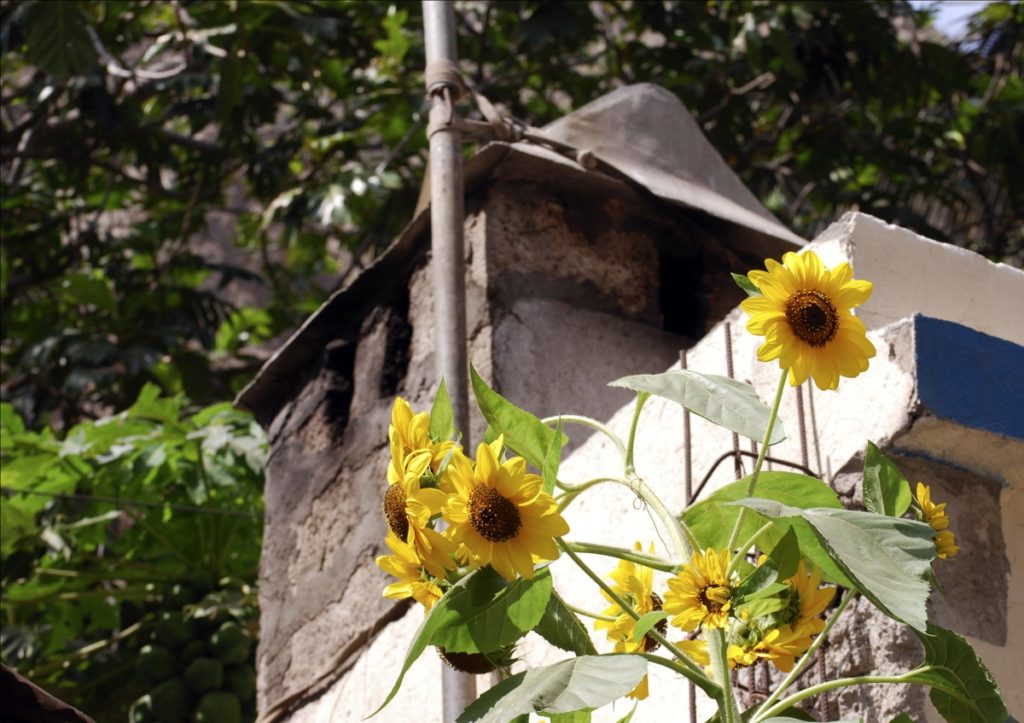Boa Vista
The Flower Island

What to do
- Island Tour
- Hiking
- Trekking
- Boat excursions
- Bathing
What to see
- Islets
- Fajã de Água
- Furna
- Nossa Senhora do Monte
- Monte Fontaínhas
- Cova Rodela
- Vila Nova Sintra
- Fonte da Virgem
Geography
Practically the whole island is a stratovolcano. It lies in the lee of the enormous Fogo volcano. Volcanic activity on the island has been mainly located along three lines, which all intersect at the crest of ground that forms the highest part of the island. Brava has no documented historical eruptions, but its youthful volcanic morphology and the fact that earthquake swarms still occur indicate the potential for future eruptions.
The island’s main town is Vila Nova Sintra. The island has elementary and secondary schools, churches, and a square (praça) in honour of the famous musician Eugénio Tavares. All of the five villages lie north of the mountaintop, which has four main roads including Furna – Vila Nova Sintra and Fajã de Agua and south to Nossa Senhora do Monte and slightly south of the mountaintop. The mountain valleys dominate the south, the east and the west. The north has a few valleys.
In Vila Nova Sintra, a town which got its name due to the similarities to the town of Sintra, Portugal, there is a museum, traditional Portuguese architecture, several churches and shops. In Fajã de Agua, a small harbour on the West coast, there is a natural swimming pool.
In Nossa Senhora do Monte there is a pilgrimage church and in Cova Rodela, a village in the mountains, has a very old dragon tree in its main street.
North of Brava are two small islands with 4 islets, 3 of them are west of Ilhéu de Cima. The islands are Ilhéu Grande. The two large islands north of Brava are uninhabited.
Precipitation arrives from the trade wind clouds. The island is covered with a leeward cloud so that evaporation is reduced and the vegetation is more abundant. Key inhabited places include the village of Vila Nova Sintra. The village of Furna has a commercial port.
Being highly mountainous this island has quite diverse climate. Brava island has moderate tropical climate along the coast and semi-arid mild tropical climate with very balanced temperatures year round in the interior. The average annual temperature on the coast is about 23-25 °C, decreasing to approximately 17–20°C in the mountains. There can be remarkably cool weather with warmer wet season starting in June and ending in November with colder dry season starting in December and ending in May.
History
As of 1832, the population was estimated at 8,000 inhabitants.
The main economy of the island is agricultural, related to irrigation and fishing (the island’s main production). Trading and private households depend on income from Cape Verdean residents from North America. Brava never had a lot of tourism, but it slowly boomed. The island is unsuitable for beach tourism because the steep shoreline allows few beaches.
The main harbour of Brava is Furna, on the east coast of the island. Buses and taxis are common, especially when the Kriola arrives in port. On Brava you can reach the villages by “Aluguer” bus. There is no fixed schedule, as the aluguers wait until enough passengers have come before leaving. A few taxis are available as well.Brava (Portuguese for “wild”) is an island in the Sotavento group of Cape Verde. It is the smallest inhabited island of the archipelago, but at the same time the greenest. First settled in the 1540s, its population grew after Mount Fogo on neighbouring Fogo Island erupted in 1675. Its main industry was long whaling, but the island is now primarily agricultural.
Brava was discovered in 1462 by the Portuguese and the first settlement was founded in 1573. The slave trade was common in Cidade Velha. In 1680, the inhabitants fled here from the nearby larger island of Fogo after its volcano erupted and lava began to flow and devastate that island.
In the 17th and the 18th centuries, pirates raided the bays of Brava and continued until the 19th century when whaling was common from the ships of Europe and North America.
Emigration began as US whaleships sailed people from here to the northeastern part of North America, especially along the Eastern Seaboard. Most of the immigrants from Brava settled in Boston, Massachusetts, Providence, Rhode Island and New Bedford, Massachusetts.
The airport, inaugurated in 1992, was closed because of the strong winds. The airline service ended in 2004.
Until recently, there was a daily ferry (an ex-fishing boat) connecting Brava and Fogo. However, since January 2011, Brava can now be reached from Praia (and Fogo) almost exclusively via the passenger/cargo ferry, the Kriola. This is the first of Cabo Verde Fast Ferry’s fleet of inter-island catamarans and connects the Sotavento islands of Santiago, Fogo and Brava.
Brava’s most famous son is the musician Eugénio Tavares. He used the traditional morna and wrote in Cape Verdean Creole. A statue dedicated to Eugénio Tavares is in the main square of Vila Nova Sintra, surrounded by a garden with trees, sunflowers, flowers, grass and other types of plants. Other notable persons include Hermano da Pina and Armando da Pina who live on the Eastern Seaboard and whose parents were from Brava.
